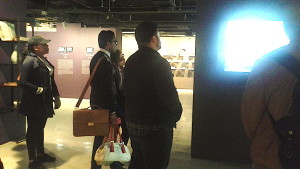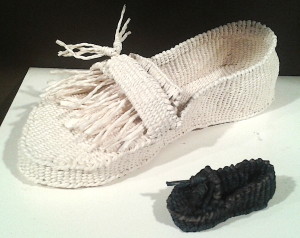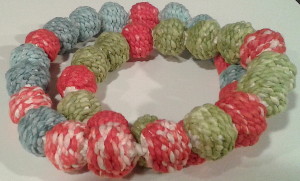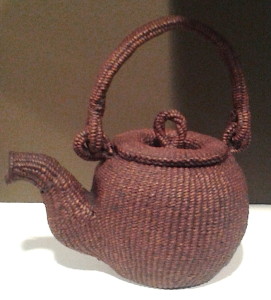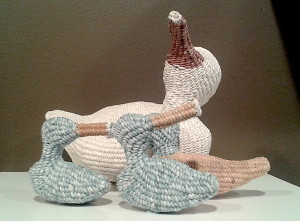Traditional Korean Paper and Creative Sustainable Practice: Exhibition Review
By Milena Popov
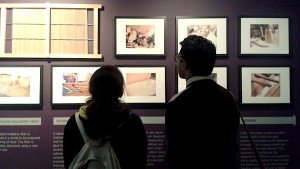
The exhibition titled Re:visioning HANJI, that has opened on March 9th at the Gallery Korea in Korean Cultural Center in New York, celebrates 1000 years of the rich history of hanji. Hanji is traditional Korean handmade paper that has diverse uses, not only for writing, but also for art, fashion (clothing, shoes, jewelry and other accessory), industrial design (furniture, lamps, baskets, placemats, napkins, food wrappers, etc), and architecture (windows, walls, doors, floors, etc). Hanji has infinite potential for the global market. This very strong and durable paper is made with the fibrous skin of mulberry trees, never changes color, and can last more than 1000 years. The process of making hanji is complicated, but environmentally friendly. The tree bark is sustainably harvested since mulberry trees constantly renew their bark. In contrast to the western paper making process, where entire tree is cut to use pulp for the paper, hanji making process does not contribute to deforestation. No chemicals are used in the production process, thus making hanji non-toxic to humans and to the environment throughout its life cycle.
Through photographs, videos, objects, and artworks, the exhibit Re:visioning HANJI richly illustrates history and the process of making hanji, as well as diverse uses of hanji. It features works by two female artists, Ran Hwang and Aimee Lee. These two contemporary artists have very different approaches to hanji. While Ran Hwang uses hanji cut-outs to make large-scale art installations with intricate details and meditative quality, Aimee Lee makes her own hanji, colors it with non toxic natural dyes, and tailors it into clothes, or weaves it into baskets, shoes, jewelry, and sculptures. Aimee Lee is also a founder of the first and only Korean papermaking studio in North America at the Morgan Conservatory in Cleveland, Ohio, where she teaches.
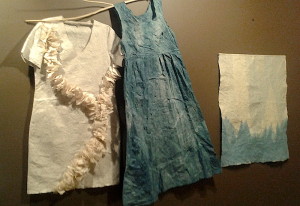
This exhibit will be interesting not only to artists, art students, and people interested in Korean culture, but also to anyone interested in sustainability and new ideas for sustainable practice. I have taken my John Jay College students from Eco Art and Design class to see this exhibit. My students enjoyed very much in learning about this fascinating environmentally friendly multi purpose material, as well as seeing great works of art.
This exhibit can be seen at the Gallery Korea, 460 Park Avenue, 6th floor, New York, NY until March 31th, 2016.
